NRAO eNews
Volume 8, Issue 7
2 September 2015
NRAO eNews
Volume 8, Issue 7 • 2 September 2015

Upcoming Events

High Frequency Science Workshop
Sep 21 - 23, 2015 | Green Bank, WV

Observational Evidence of Gas Accretion onto Galaxies?
Oct 9 - 10, 2015 | Charlottesville, VA

4th China – U.S. Workshop on Radio Astronomy Science & Technology
Oct 14 - 16, 2015 | Shanghai, China

Science at Low Frequencies II Workshop
Dec 2 - 4, 2015 | Albuquerque, NM

U.S. Radio – Millimeter – Submillimeter Science Futures Conference
Dec 15 - 17, 2015 | Chicago, IL

NRAO Town Hall at Jan 2016 AAS Meeting
Jan 7, 2016 | Kissimmee, FL

AAAS 2016: Planet Formation With Radio Eyes
Feb 12 - 15, 2016 | Washington, DC
2016 NRAO Jansky Fellowship Program
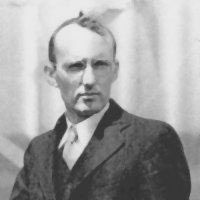
The Jansky Fellowship Program supports outstanding postdoctoral scientists whose research is broadly related to the mission and scientific goals of the world-class research facilities operated by the National Radio Astronomy Observatory (NRAO): the Atacama Large Millimeter/submillimeter Array, Very Large Array, Very Long Baseline Array, and Green Bank Telescope. Prior radio-wavelength experience is not required and research that synergistically employs NRAO telescopes in multi-wavelength collaborations is encouraged. Candidates with interests in radio astronomy instrumentation, computation, and theory are also encouraged to apply.
Applications are solicited for Fellowships that will begin in 2016. Appointments may be made for Fellowships at the NRAO research facilities in New Mexico, West Virginia, or Virginia. Non-resident Jansky Fellowships may be offered for appointments hosted at a U.S. university. Applicants requesting a non-resident Fellowship must present a compelling case for an appointment at the proposed host institution. Fellowships that request time at an NRAO facility and a U.S. university are permitted. Frequent and/or long-term visits to NRAO sites are encouraged for all non-resident Jansky Fellows. Candidates must receive their Ph.D. prior to beginning a Jansky Fellowship appointment.
The starting salary for the 2016 Jansky Fellowship program will be $64,260 per year for an initial two-year appointment with possible renewal for a third year. A research budget of up to $10,000 per year is provided for travel and computing support. Fellows are also eligible for page charge support, vacation accrual, health insurance, and a relocation allowance. Up to $3,000 per year is provided to non-NRAO institutions hosting Jansky Fellows to defray local institutional expenses.
The NRAO Jansky Fellowship Program provides numerous opportunities for early career scientists to acquire a deep knowledge and understanding of the state-of-the-art in radio astronomy and to establish themselves as innovative, independent research scientists. Jansky Fellows are encouraged to develop research collaborations with NRAO scientific staff, scientists at U.S. universities, and their colleagues in the international astronomical community. An annual, multi-day NRAO Postdoctoral Symposium fosters collaboration between Jansky Fellows and the Observatory’s scientific staff.
The deadline for the receipt of all 2016 Jansky Fellowship Program application materials, including letters of reference, is Monday, 2 November 2015. Award offers will be made by 12 February 2016. Fellowships normally begin in September 2016.
Additional information, including detailed application instructions, is available at the NRAO Career Opportunities website. Inquiries regarding the 2016 Jansky Fellowship program should be directed to Jansky2016@nrao.edu.
The NRAO is an equal opportunity employer (M/F/D/V).
Registration Open for U.S. Radio Futures Conference
U.S. Radio – Millimeter – Submillimeter Science Futures Conference
15 – 17 December 2015
Chicago, Illinois
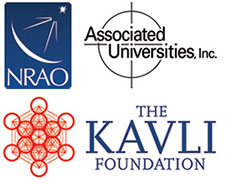
Registration is now open for the first of three conferences that will provide the community broad opportunities to discuss potential U.S. futures for radio-millimeter-submillimeter (RMS) science in the 2020’s and beyond. This conference will take place 15-17 December 2015 in Chicago, Illinois.
Funded by Associated Universities, Inc. (AUI) and the Kavli Foundation, and organized by the NRAO, this conference is structured around key science themes that reflect priorities identified in the New Worlds, New Horizons Decadal Survey and that require observations at RMS wavelengths to address.
The Science Organizing Committee co-chairs are Mark Reid (CfA) and Jean Turner (UCLA). Science Working Groups (SWGs) have been formed to address how next-generation RMS facilities will enable new science and discovery relevant to four major science themes.
Cradle of Life
Led by Lee Hartmann (Michigan) & Dave Wilner (CfA).
This Working Group will address science questions such as how stars form, how circumstellar disks form and evolve, and how planetary systems develop within circumstellar disks.
Formation and Evolution of Galaxies
Led by Alice Shapley (UCLA) & Min Yun (UMass).
This Working Group will address science questions such as how gas flows into and out of galaxies, the extent to which galaxy interactions can be tracked, and how our Galaxy and galaxies in the Local Group serve as models for galaxies across the Universe.
Fundamental Physics
Led by Avery Broderick (Waterloo) & Maura McLaughlin (WVU).
This Working Group will address science questions regarding how the Universe can be used as a laboratory for testing the extremes of physical laws including relativistic magneto-hydrodynamics, testing nuclear equations of state, physics near event horizons, and theories of gravity.
Cosmology & Cosmic Dawn
Led by John Kovac (Harvard) & Sarah Church (Stanford).
This Working Group will address science questions regarding the extent to which the early Universe can be probed and how the Universe made the transition from a largely neutral state to a largely ionized state.
Please visit the conference website to register and for additional information.
We hope you will join us in Chicago 15-17 December for this important and exciting discussion of the future of U.S. radio-millimeter-submillimeter science.
High-Resolution ALMA Data and the Intrinsic Structure of the Lensed System SDP.81
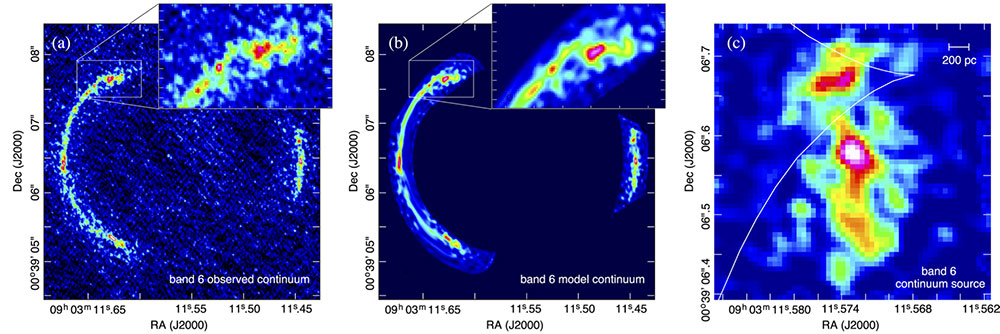
(a) ALMA band 6 continuum observations of SDP.81. (b) Lensed continuum distribution based on the Dye et al. model. (c) The intrinsic continuum distribution of the lensed source. The white line shows the local of the caustic.
[click to enlarge]
In 2014, the ALMA project conducted science verification observations to verify and demonstrate the high angular resolution capability of ALMA on baselines up to ~ 10 km. As part of this long-baseline campaign, the high-redshift gravitational lensed SDP.81 (H-ATLAS J090311.6+003906) was observed. High-resolution observations of lensed systems are essential for detailed reconstruction of their intrinsic light and velocity distribution. Simon Dye and his collaborators have done such an analysis of SDP.81 using ALMA band 6 (see Figure) and band 7 continuum and CO(5-4) and CO(8-7) spectral line data. They compare the ALMA data with Hubble Space Telescope 1.6-micron imaging of SDP.81. The dynamical mass (~ 3.5 x 1010 M⊙) inferred from the CO data is comparable to the total gas masses estimated from the dust continuum emission and the CO luminosity, inferring a high gas fraction, and they estimate a star formation rate in the disk of ~ 470 M⊙/yr. They also find that the intrinsic gas and submillimeter dust emission is physically offset from the intrinsic distribution of the observed 1.6-micron emission. Such an offset could be a result of: (a) two unassociated galaxies along the line of sight; (b) distinct unobscured and dust enshrouded regions within the same galaxy; or (c) emission from a dusty galaxy and an optically luminous galaxy undergoing a merger. The aforementioned properties of SDP.81, combined with their estimated high star formation efficiency (star formation rate / gas mass) leads the authors to favor that the system, like many high-z systems of comparable luminosity, is a merger-induced starburst galaxy.
Reference: Simon Dye (Nottingham) et al., Revealing the complex nature of the strong gravitationally lensed system H-ATLAS J090311.6+003906 using ALMA, 2015 MNRAS, submitted (arXiv:1503.08720).
ALMA Program News
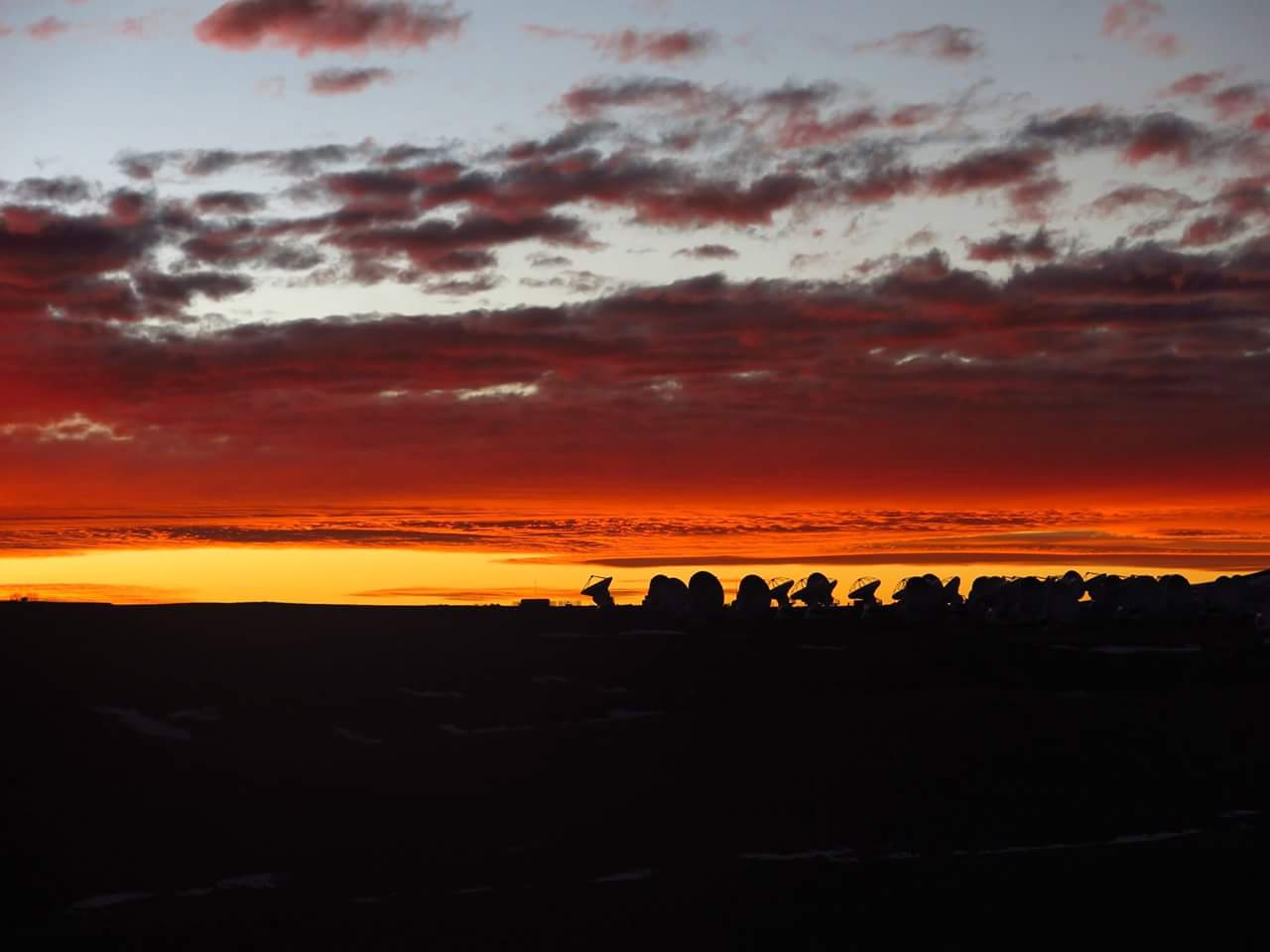
P. Carillo
A July sunset at ALMA.
[click to enlarge]
ALMA continues to observe in its most extended Cycle 2 configuration (see ALMA status page). Only incomplete Cycle 2 grade-A proposals will transfer into Cycle 3. Observing for the 401 approved Cycle 3 projects (see Announcement) will begin in early October after the close of Cycle 2. Observations on baselines out to 10 km (C36-8) for Bands 3, 4, and 6 will be conducted for highly ranked projects. Observing on long baselines will continue into December. The array will return to a compact C36-1 configuration by the end of December.
An ALMA Status Report summarizes the status of Cycle 2 Early Science observations, including Cycle 1 transfer projects, as of August 2015. More than 1700 hours of successful 12-m Array executions have been obtained. An additional 1274 hours of successful executions have been completed on the Atacama Compact Array: 561 hours with the 7-m Morita Array and 713 hours with the Total Power Array. The overall science execution efficiency matches the number adopted for Cycle 2 planning (50%). An overall Schedule Block completion rate prediction of 85% is predicted.
A total of 401 projects were approved from the 1578 proposals submitted and reviewed for Cycle 3. The titles and abstracts for the highest priority projects are available. A complete report on the Outcome of the Proposal Review Process will appear very soon in the ALMA Science Portal. Preparations are being made around the world for the Cycle 4 Call for Proposals, which is expected in April 2016. Nearly half of the Cycle 3 Principal Investigators provided feedback for a User Survey, summarized in a report on the ALMA Science Portal.
Reviews are concluding for submissions in response to the ALMA – North America Call for Development Studies issued in March 2015. The funded studies are expected to begin 1 October 2015.
The ALMA Extension of Capabilities (EOC) effort is concluding. In Cycle 3, the Division of Science Operations of the Joint ALMA Observatory (JAO) will assume responsibility for testing and instituting new capabilities. One such effort will be the 2015 ALMA Long Baseline Campaign, which will take place during the months of September, October, and November 2015, alongside Early Science Cycle 3 observing. A goal is to complete testing and implementation of the more distant antenna stations in the array along with data modes testing.
A revision of North American ALMA Science Center Memo 110 – ALMA Data Rates and Archiving at the NAASC – has been posted online. Memo 110 describes the data flow plans for ALMA, as revised based on recent experience. It is shown that 200 TB/year remains a good estimate of the steady-state data rate, and a data link speed between Chile and the ALMA Regional Centers (ARCs) of 100 Mb/sec will be sufficient for the next decade. It is recommended that the ALMA Observing Tool warning on observational data rates be removed, though observers should still be prompted to keep datasets to workable sizes. The entire NAASC Memos series is available on-line.
John Carpenter has accepted the position of Observatory Scientist in Santiago. As Observatory Scientist, Carpenter assumes an international, key management position within the JAO that reports to the ALMA Director. Carpenter will provide ongoing scientific leadership for JAO astronomy staff while leading continuing efforts to maximize the scientific performance and impact of the array. Prior to his arrival at the JAO, Carpenter was Executive Director of the Owens Valley Radio Observatory and Research Professor at the California Institute of Technology. Carpenter will assume the JAO Observatory Scientist position on 21 September.
The XXIXth IAU General Assembly
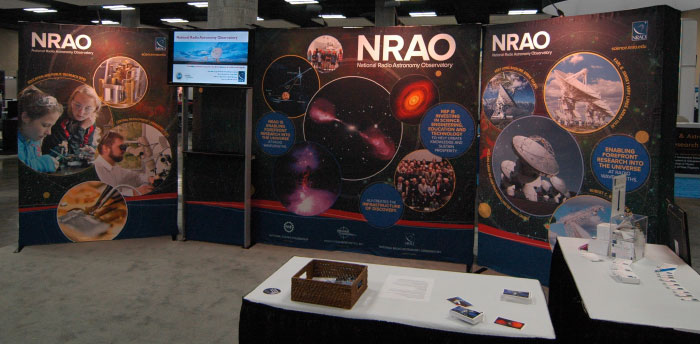 |
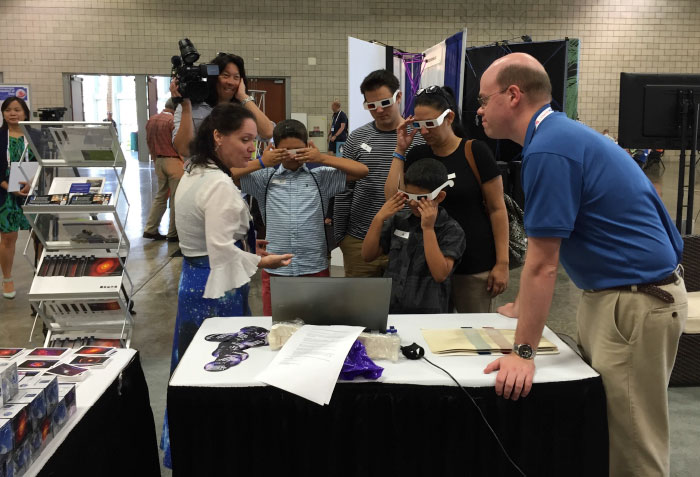 |
| The new NRAO exhibit debuts at the Hawaii Convention Center in Honolulu. | Tania Burchell & Brian Kent with local students at an AUI-sponsored event. |
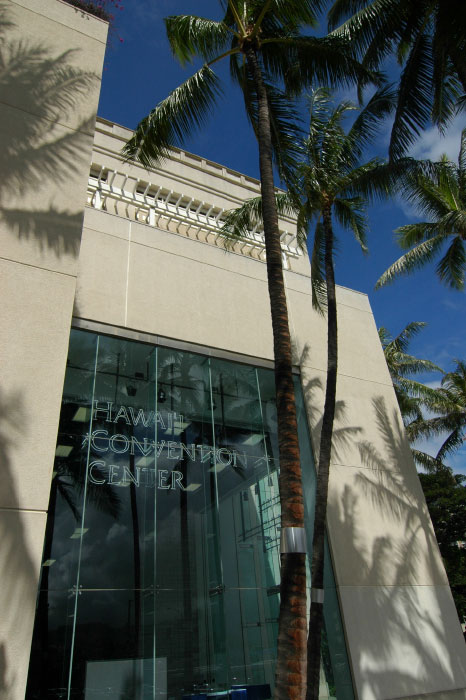 |
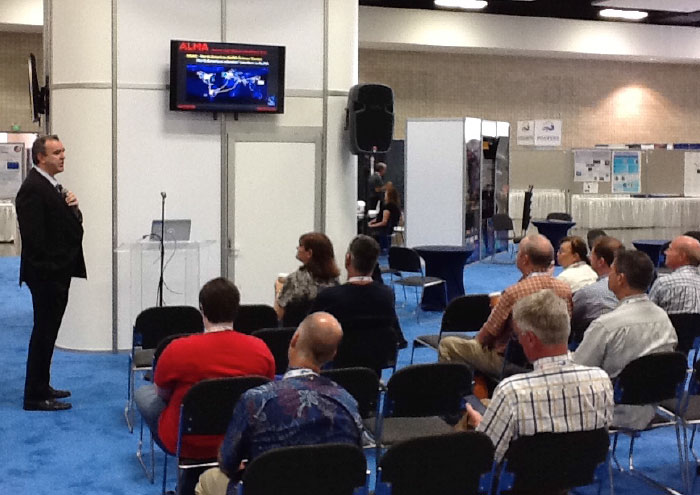 |
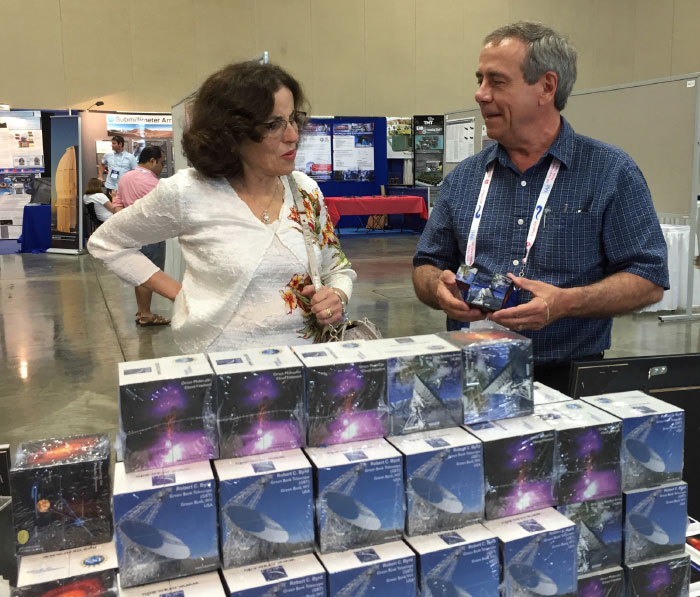 |
| Hawaii Convention Center, Honolulu. | NRAO Director Tony Beasley speaking at the NSF pavilion. | NSF Director France Córdova visits with Mark Adams at the NRAO exhibit. |
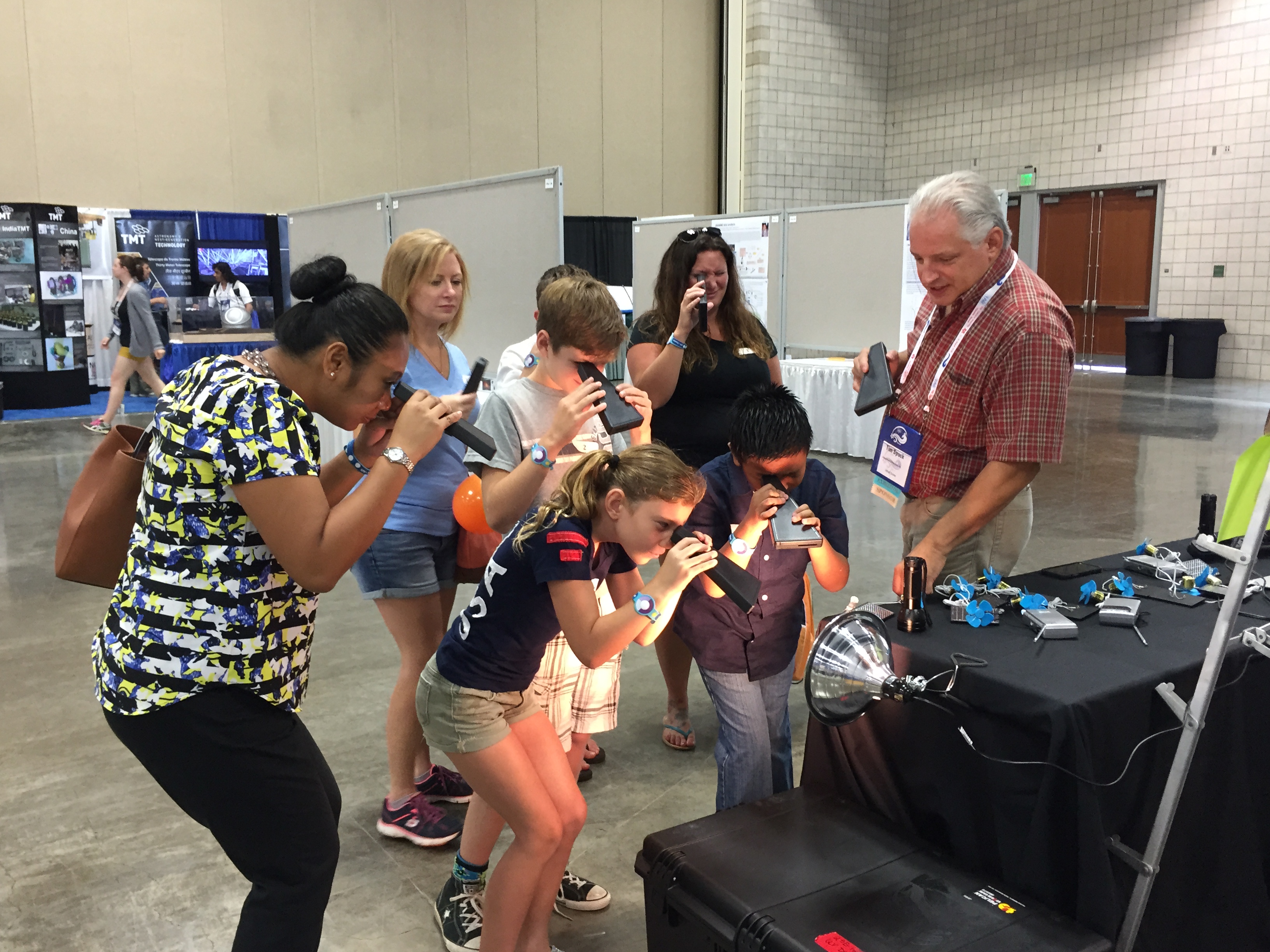 |
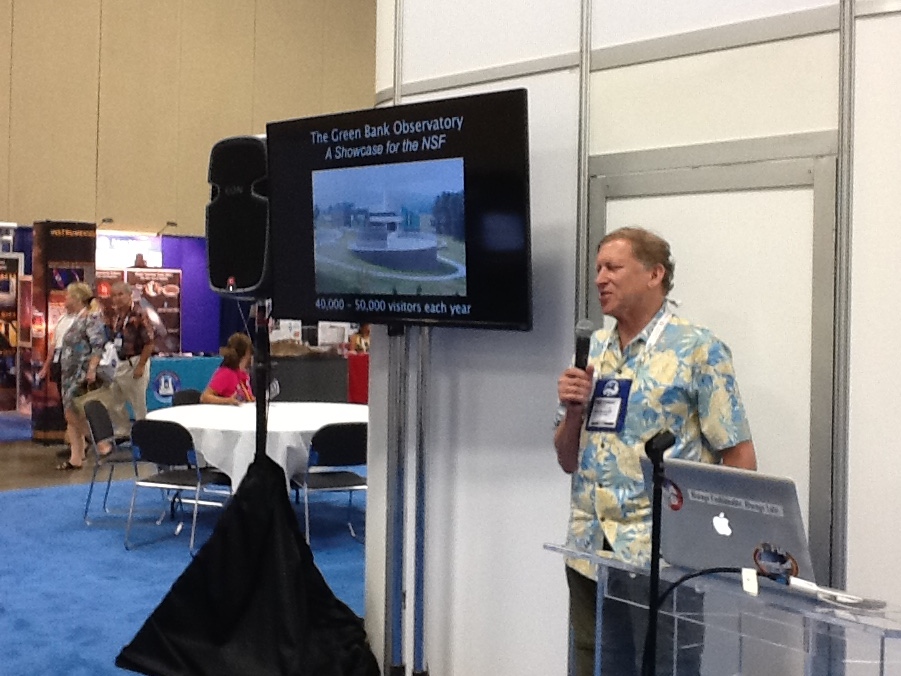 |
| Honolulu students participate in a hands-on experiment with Tim Spuck at the AUI exhibit. | NRAO Green Bank scientist Jay Lockman speaking at the NSF pavilion. |
 |
| One of many busy coffee breaks in the exhibit hall. |
Robert L. Brown Outstanding Doctoral Thesis Award
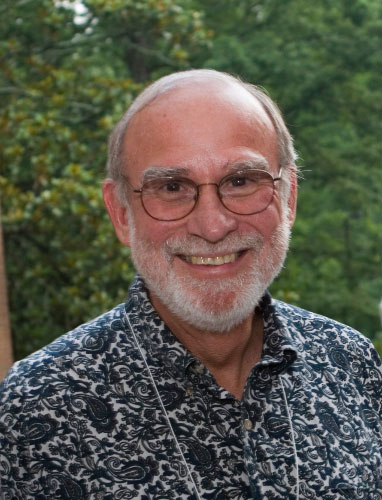
The Robert L. Brown Outstanding Doctoral Dissertation Award is administered by Associated Universities Inc. (AUI) and the National Radio Astronomy Observatory (NRAO) on behalf of Bob Brown’s friends and family to honor Bob’s life and career. The Award is given each year to a recent recipient of a doctoral degree from any recognized degree granting institution in the United States, and is substantially based on new observational data obtained at any NRAO facility and considered to be of an exceptionally high scientific standard.
Award
The Award is available to degree recipients of any nationality and consists of $1000, a framed certificate, and an invitation to give a colloquium at the NRAO.
Application Guidelines
To be eligible, the applicant must have successfully defended the thesis during the calendar year of the Award. The deadline for receipt of applications and supporting materials for the 2015 Award is January 31, 2016.
Applicants should send an e-mail describing their dissertation, the date of their successful thesis defense, the date of the degree award, and the name and contact information of the primary thesis supervisor to RLBrownAward@nrao.edu. A copy of the thesis as a pdf file should be sent by e-mail to the same address or made available via a link given in the email. Published papers or papers in press, or portions thereof, based substantially on the dissertation should accompany the application. Verification of the successful thesis defense and statement that the applicant has successfully completed all university requirements for the Ph.D. should be sent directly by the appropriate university authority to RLBrownAward@nrao.edu.
Selection
The winning applicant will be selected by a committee appointed by the NRAO Director. If, in the opinion of the committee, in any given year none of the theses are sufficiently meritorious, the award will not be given in that year.
All questions should be addressed to RLBrownAward@nrao.edu.
Recent Media Releases
Career Opportunities
Post Doc: The NRAO is now accepting applications for our Post-Doctoral opportunity in Green Bank, WV. The successful applicant must have strong knowledge of radio and/or millimeter astronomy, as well as a strong independent research program. Knowledge and/or experience with radio telescope hardware and software is appreciated but not necessary. The initial appointment can begin immediately and will be for two years, with the possibility of extending for a third year (subject to satisfactory performance and availability of funds).
Research Digital Engineer: The NRAO is seeking to hire a research digital engineer. The successful candidate will be a member of the NRAO Scientific Staff and will join the Digital Signal Processing group in the Central Development Laboratory in Charlottesville, VA. She/he will be responsible for leading a program of innovative design and development in mixed-signal integrated circuits and digital signal processing as applied to astrophysical observations. This has been identified by NRAO as a key technology area for the next generation of radio telescope instrumentation.
Research Engineer in Millimeter and Submillimeter Wavelength Electronics: The NRAO in Charlottesville, VA seeks a Research Engineer in Millimeter and Submillimeter Wavelength Electronics. The successful candidate will be a member of the NRAO Scientific Staff and will join the millimeter/sub-millimeter receiver group in the Central Development Laboratory in Charlottesville, VA. She/he will play a leading role in a program of design and development of low-noise millimeter/submillimeter wavelength instrumentation for astrophysical observations. This has been identified by NRAO as a key technology area for the next generation of radio telescope instrumentation.
Millimeter Wavelength Electronics Engineer: The NRAO in Charlottesville, VA seeks an Engineer with expertise in millimeter/submillimeter wavelength electronics. The successful candidate will join the millimeter/sub-millimeter receiver group in the Central Development Laboratory in Charlottesville, VA. She/he will be involved in a program of design and development of low-noise millimeter/sub-millimeter wavelength instrumentation for astrophysical measurements. This has been identified by NRAO as a key technology area for the next generation of radio telescope instrumentation.
Jansky Fellowship: The NRAO is accepting applications for the Jansky Fellowship Program. The Jansky Fellowship Program supports outstanding postdoctoral scientists whose research is broadly related to the mission and scientific goals of the world-class research facilities operated by the NRAO: the Atacama Large Millimeter/submillimeter Array (ALMA), Very Large Array (VLA), Very Long Baseline Array (VLBA), and Green Bank Telescope (GBT). Prior radio-wavelength experience is not required and research that synergistically employs NRAO telescopes in multi-wavelength collaborations is encouraged. Candidates with interests in radio astronomy instrumentation, computation, and theory are also encouraged to apply.
Scientific Data Associate: The NRAO is accepting applications for the position of Scientific Data Associate in Charlottesville, VA. The North American ALMA Science Center is offering one or more scientific support appointments to experienced interferometric scientists to support the reduction and imaging of ALMA data and the training and support of ALMA research investigators. The positions are for two years, with the possibility of renewal for a third year based on performance and available funding. These positions are 100% support positions, with no defined research fraction, but successful candidates will have the opportunity to participate in NRAO science groups and workshops. Publication support is provided and a modest travel allowance is available to attend domestic science conferences.
For additional information on these openings and other NRAO career opportunities, please visit the NRAO – Career Opportunities web pages.
From the Archives
Ellen Bouton

[click to enlarge]
About this month's photograph: This photograph is a mystery: it was taken in Charlottesville in late spring or early summer 1998, but none of the people in the photo have any recollection of what the occasion/event was! Everyone pictured was at Edgemont Rd., and they represent Computing, Human Resources, Business Services, scientific staff, post-docs, pre-docs, Library, and Director's Office. If anyone knows what brought the group together, please contact archivist@nrao.edu.
[Back row, left to right] Bill Cotton, Dave Hogg, Alan Bridle, Barry Turner, Monroe Petty, Tess Schlemmer, Harvey Liszt, Richard Simon, Darrel Schiebel, Bob Garwood. [Middle row, left to right] Sheila Marks, Jennifer Wiseman, Eric Schulman, Mary Jo Hendricks, Gail Dodson, Billie Jo Mattox, David Brown, Amy Shepherd. [Front row, left to right] Don Wells, Mark Swain, Lee King, Jim Condon, Qifeng Yin, Mort Roberts, Jeff Uphoff, Pat Murphy.
From the Archives is an ongoing series illustrating NRAO and U.S. radio astronomy history via images selected from our collections of individuals' and institutional papers. If readers have images they believe would be of interest to the Archives, please contact Ellen Bouton.

